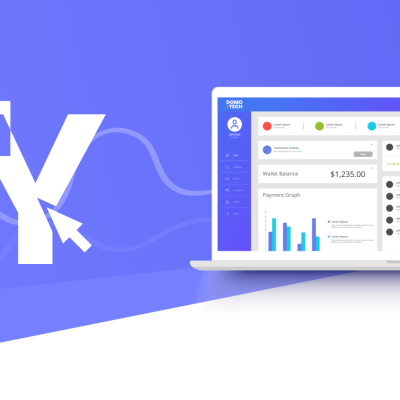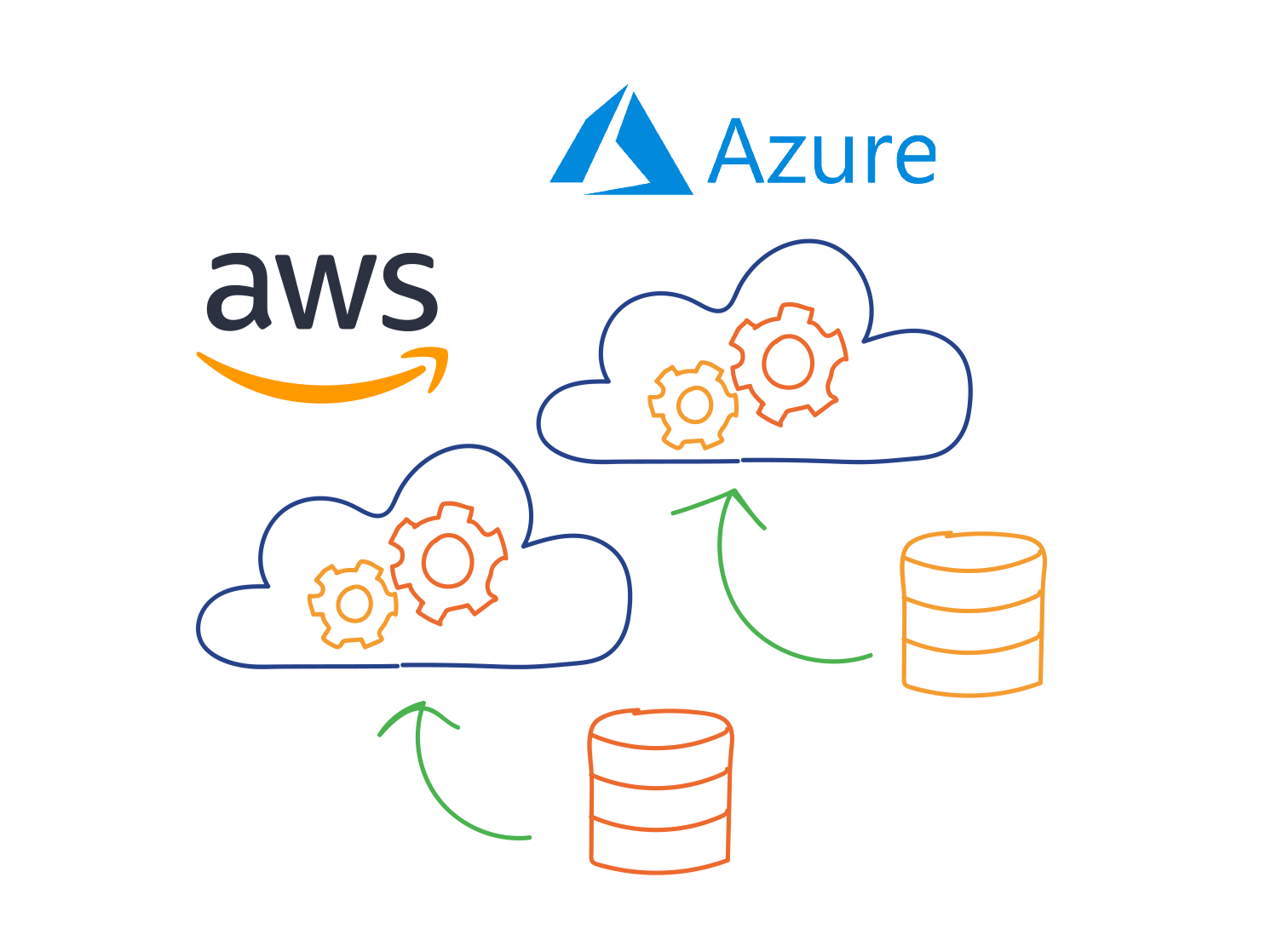
End
No products in the cart.
End of Content.

@yohancecom

Login
No products in the cart.





★Adjustable - Adjustable length(including snap hooks): 36.6"~66.9"(94cm-170cm), it is long…

Winter warm fleece lined solid color sweatpants workout pants, it's…

Drawstring tie front Two front and side pockets Ribbed waist…

✅【Professional Yoga Fabric】Women cargo pants with yoga fabric are super…

Software as a Service (SaaS) systems have become increasingly popular in recent years due to their ability to provide cost-effective and scalable solutions to businesses. Whether it’s a small business or a large corporation, SaaS systems can provide a wealth of benefits to companies operating in the Caribbean region and other developing countries.
The design and development process of a SaaS system involves a series of steps that should be followed to ensure a successful implementation. The first step is to define the business problem that the SaaS system will solve. This involves understanding the company’s goals, objectives, and challenges to identify areas where SaaS can be applied.
Once the business problem has been defined, the next step is to collect and analyze data. Data can be sourced from various sources, including customer data, sales data, and financial data. The data is then analyzed to identify patterns and trends that can be used to create actionable insights for the company.
After the data has been analyzed, the next step is to design the SaaS system. This involves identifying the features and functionality that the system will need to have to solve the business problem. The system should be designed to be user-friendly, scalable, and customizable to meet the specific needs of the company.
One example of a SaaS system that is designed to be customizable is Salesforce. The system includes a wide range of features and functionality that can be tailored to meet the specific needs of a company, including customer relationship management, sales forecasting, and analytics.
In some cases, it may be more cost-effective to tailor an existing SaaS solution to meet the specific needs of a company rather than developing a new system from scratch. There are many SaaS solutions available in the market that can be customized to meet the specific needs of a company.
For example, QuickBooks is a popular accounting software that can be customized to meet the specific needs of a company. The system includes features such as invoicing, expense tracking, and financial reporting that can be tailored to meet the specific needs of a company.
Once the SaaS system has been designed and developed or an existing solution has been tailored, the next step is to implement the system. This involves integrating the system with the company’s existing infrastructure, training employees on how to use the system, and ensuring that the system is working correctly.
The implementation process should be carefully managed to ensure that it is completed on time and within budget. The system should also be tested thoroughly before it is launched to ensure that it is working correctly and meeting the specific needs of the company.
SaaS systems can provide a cost-effective and scalable solution to businesses operating in the Caribbean region and other developing countries. Whether developing a new system or tailoring an existing solution, it is important to follow a structured process to ensure a successful implementation. By understanding the specific needs of the company and designing a system that is user-friendly, scalable, and customizable, SaaS systems can provide valuable insights and help businesses achieve their goals and objectives.






Prostate Supplements for Men - Our leading Saw Palmetto capsules…

Focus Where it Counts: One 30-count bottle of ONNIT Alpha…

Wear a sleek belt that is comfortable and stylish. The…

The contrast Swoosh design trademark takes front and center on…






Join us on Telegram for support and more exclusive offers!

As an Amazon Associate we earn from qualifying purchases.

Take advantage of Amazon and Temu's worldwide shipping.

Send us a message on Telegram or via Email.
Save Time and Money with the Best Deals Online, handpicked just for you! Shop Viral products and get Discounts from big brands and retailers!
For enquiries and administration
© 2025 Yohance Ltd.